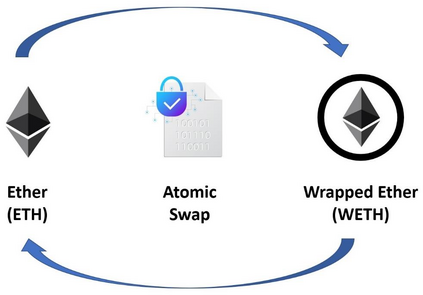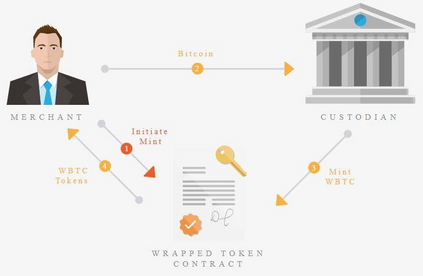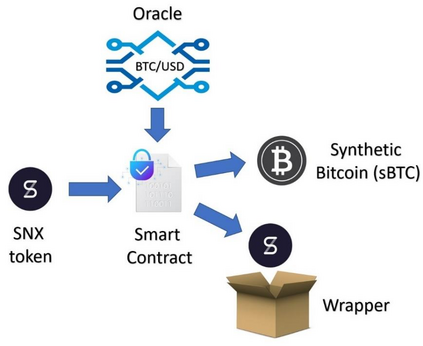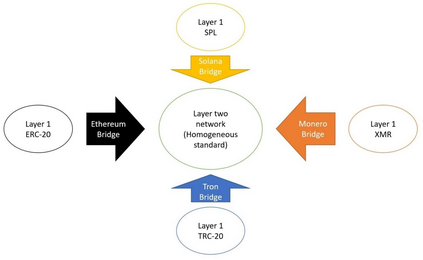As known, blockchains are traditionally blind to the real world. This implies the reliance on third parties called oracles when extrinsic data is needed for smart contracts. However, reintroducing trust and single point of failure, oracles implementation is still controversial and debated. The blindness to the real world makes blockchains also unable to communicate with each other preventing any form of interoperability. An early approach to the interoperability issue is constituted by wrapped tokens, representing blockchain native tokens issued on a non-native blockchain. Similar to how oracles reintroduce trust, and single point of failure, the issuance of wrapped tokens involves third parties whose characteristics need to be considered when evaluating the advantages of crossing-chains. This paper provides an overview of the wrapped tokens and the main technologies implemented in their issuance. Advantages, as well as limitations, are also listed and discussed.
翻译:众所周知,对现实世界来说,链条历来是盲目的,这意味着在需要外部数据来进行智能合同时,依赖称为甲骨文的第三方。然而,重新引入信任和单一的失败点,甲骨文的执行仍然有争议和争论。对真实世界的盲目使得链条无法相互沟通,从而也阻止了任何形式的互操作性。对互操作性问题的早期办法由包裹式的标牌组成,它代表了在非本地链条上发行的块链式本地标牌。与甲骨文如何重新引入信任和单一的失败点相似,包装的标牌的发行涉及第三方,在评估跨链的优势时需要考虑其特点。本文概述了包裹式标牌及其发行过程中采用的主要技术。还列出并讨论了优点和限制。








